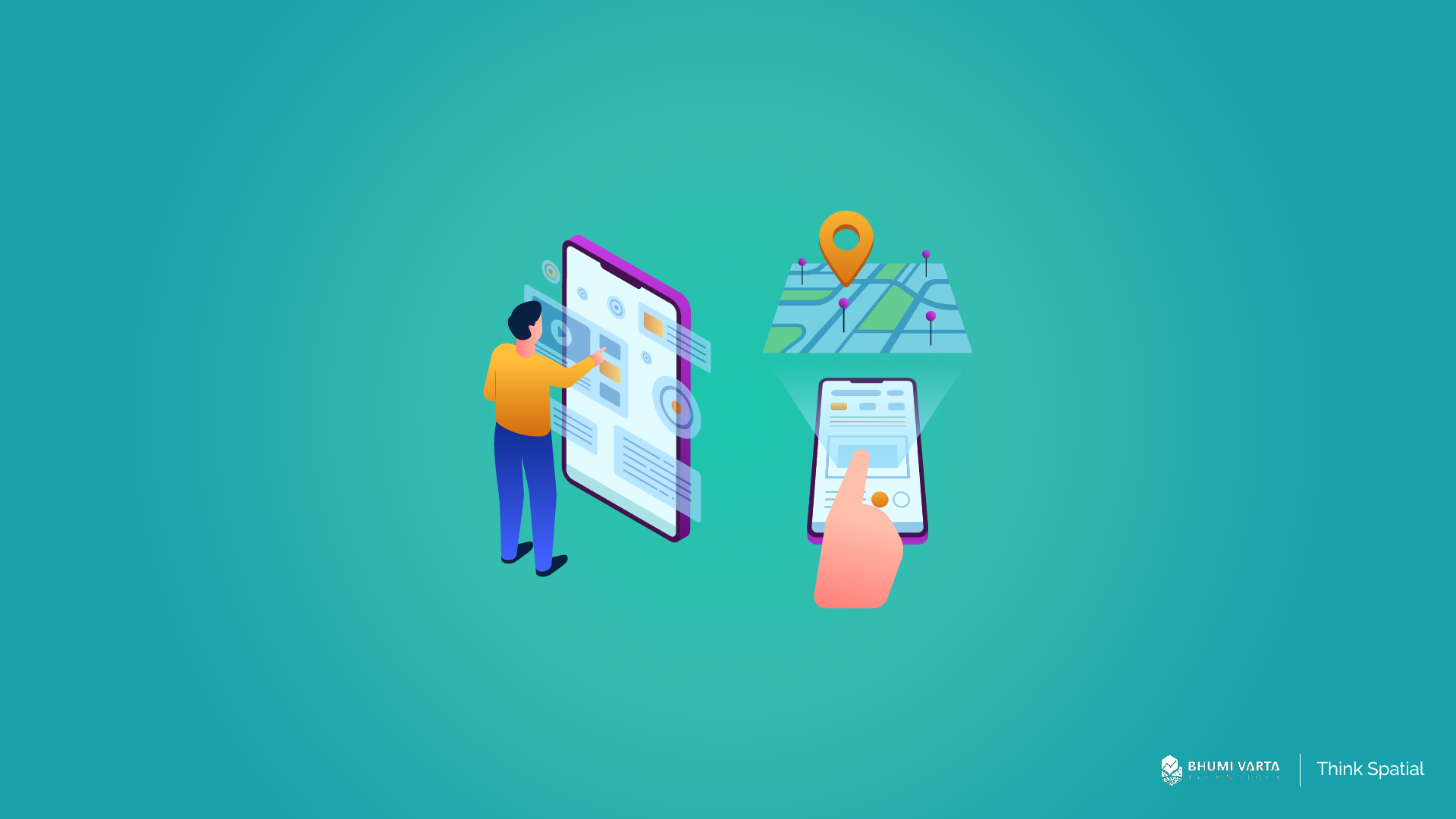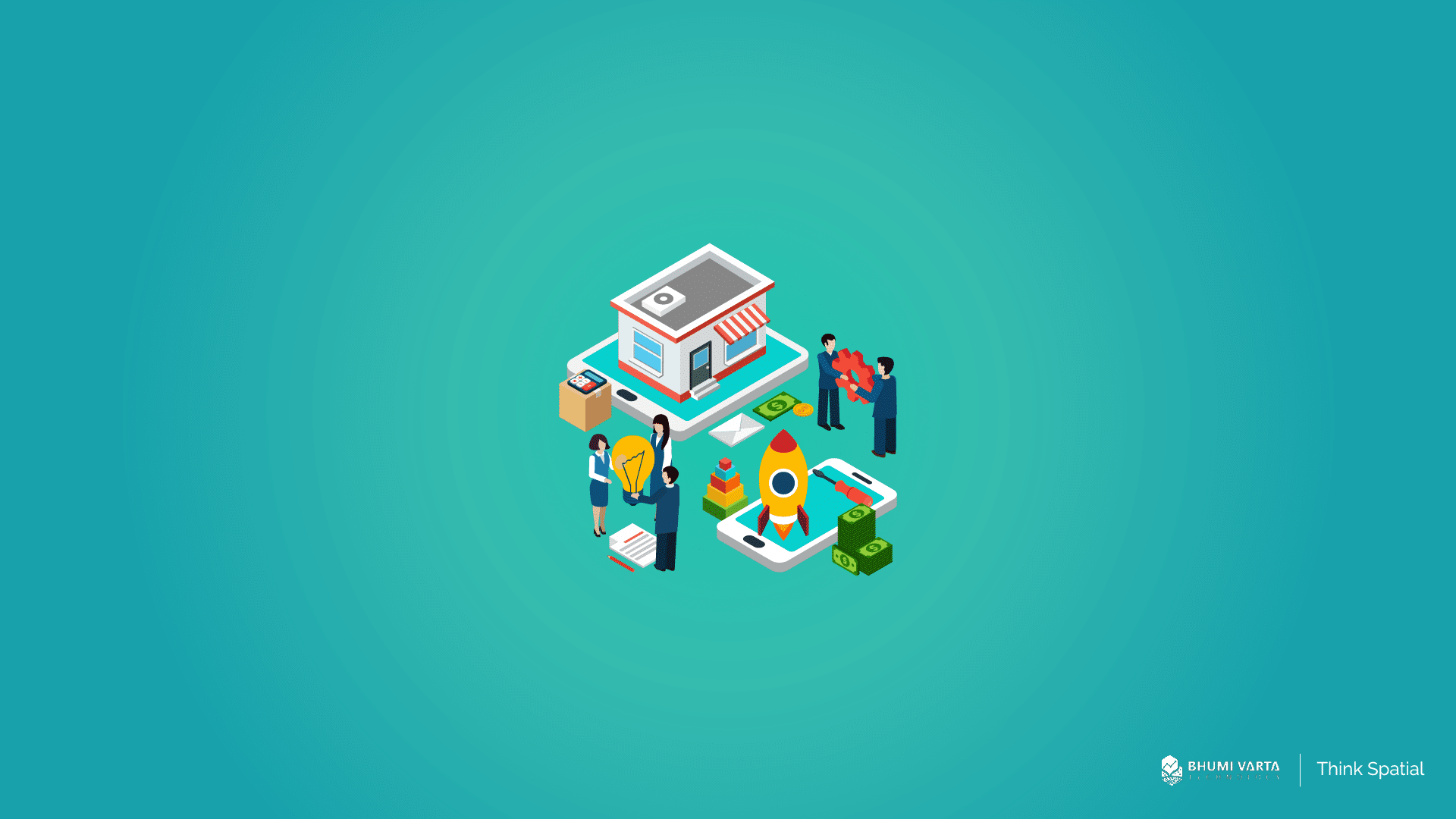The Application Programming Interface (API) works as an intermediary that allows one application to interact with another. API is often used when we browse the internet,when we listen to music on a streaming application or even when we watch online video.
Let’s deep dive into API.
Contents
What is API?
An API or Application Programming Interface is a set of functions that enable applications to access data and interact with external software, operating systems, or microservices.
Simply put, APIs allow users to send a request to a certain function on a system and receive the response back. APIs make it possible for a company to open its data and its app’s functions to third parties, business partners, or internal departments. This allows services to communicate with one another.
Also, the function of data services will be increased by allowing systems and applications to work more efficiently. For instance, if we want to develop our own software where there are features of mapping integration and payment processing.
It will be easier to integrate the software with other services using APIs. API documentation is necessary to guide developers in running the desired functionality.
Developers only use interfaces in order to communicate between products and services. Today, the use of API is skyrocketing since popular applications and websites are always using API.
How is the API used?
APIs act as an intermediary between any two machines. It can be application and application or application and a server. We can ask an application to do some tasks and then the application uses an API to communicate with the web server. We can call the act as a request.
Following the request, the server will send a response which is delivered by an intermediary to the application. APIs work just like when you order food in a restaurant.
Usually, in a restaurant, there are waiters who act as an intermediary as the chef cannot receive the order since they have to stand by in the kitchen. Therefore, we need waiters to deliver customers’ requests to the chef to make the desired food.
After receiving the request or in this case, order, the chef will start to make the food and the waiter will deliver it to the customer. That is how API works, the waiters don’t know what happened in the kitchen, their task is only delivering the food between customers and service providers.
In short, an API is a set of rules that describe how computers and applications communicate. Here is how API works in detail:
- The client’s application initiates API calls to receive information or request it
The client requests information, then the request is sent to a web server through Uniform Resource Identifier (URI), which is part of the API. This includes request verbs, header, and sometimes request body.
- API making calls
Following the request, the API will make a call to an external program or web server.
- Server receive a response
The requested server will send a response to the API. The response is the requested information.
- API transfers data
The API will then send the data to the client’s application who requested it.
The transferred data will be different depending on the web server. The request and response process all occurs through API. If User Interface (UI) is designed for humans, then API is designed for computers or applications.
Types of API
API is beneficial for application and web services. To do the function and achieve certain goals, it is crucial that various software and applications communicate with each other. API is designed based on the desired goals. Here are the examples:
- API Database
API databases make communication between application and database management systems easier. For instance, Firebase,a platform owned by Google that allows developers to synchronize and save data in real-time in a simple manner.
- API Operation System
Operating systems also have an API, for examples Windows API or Linux Kernel User-Space API. In addition, there is an API provided by Apple for macOS and iOS.
- Remote API
Remote API interacts through communication networks. Generally, they use the internet as a communication network. Therefore, API is designed based on web standards.
However, it doesn’t mean a remote API is a web API. Web APIs are generally remote services that use HTTP to send and receive messages. The messages will be XML or JSON.
- Web API
The most popular API is the web API. It will send the request from a web application and respond to it through a server using HTTP.
Developers will use web API on their applications or websites. It will enhance the function and make it easier for users.
For instance, with integration mode through Facebook or Google, or adding a map using LOKASI API.
The benefit of using API
If we implement API correctly, it will be beneficial for us. A website or application will give many benefits with the help of API. Here are the benefits of using API:
- Improving collaboration
Generally, companies use many applications, but most are not connected. APIs allow platforms and applications to communicate with each other.
Through the integration between those two, companies can automatically improve workflow collaboration.
- Easier to innovate
API provides flexibility, enabling companies to create connections with new business partners, offer new services, and access new markets.
- Data monetizations
Companies can establish customers from developers and improve relationships with potential business partners. In this way, business owners can gain useful insights into how consumers operate their products.
- Enhance the security
API creates additional layers of protection or security between data and server. Developers can enhance the security of API by using token, signature, or Transport Layer Security (TLS) encryption.
APIs offer many benefits and have been proven to be safe. There are many popular applications and websites that have been using API.
For instance, universal login by using social media such as Facebook, Twitter, Google, and so on. They can also become the third parties in the payment process.
APIs help to increase application performance. The collaboration with others platforms will increase the efficiency that makes the application easier to use. The right implementation of API will attract more customers since it has more complete features and is easy to access.
A Glimpse of LOKASI API
Based on the explanation above, we can conclude that using an API to connect one website and another application will give you many advantages. Businesses can get those benefits by using the LOKASI API.
So, what is the LOKASI API?
It is a product created and developed by a technology company, PT. Bhumi Varta Technology. LOKASI API is designed to help businesses that need external data in their business development and can easily connect with other applications and systems. It has many excessive features, such as API mobile data, route service, find Places of Interest, and geocoder. Basically, it is a simple way to enrich your system.
To know more about how to implement geospatial technology through the LOKASI API, please contact [email protected] or chat at WhatsApp 087777977731.



